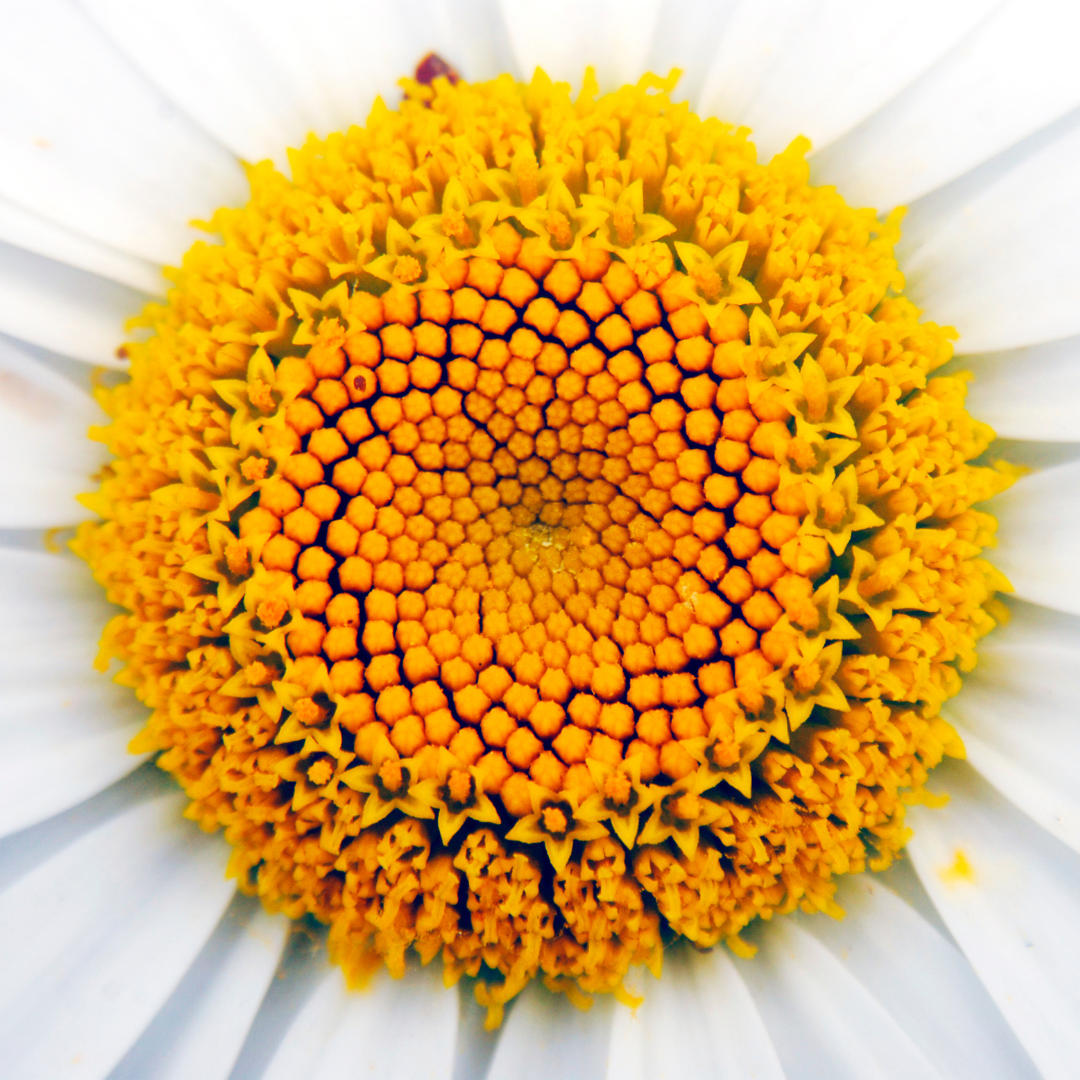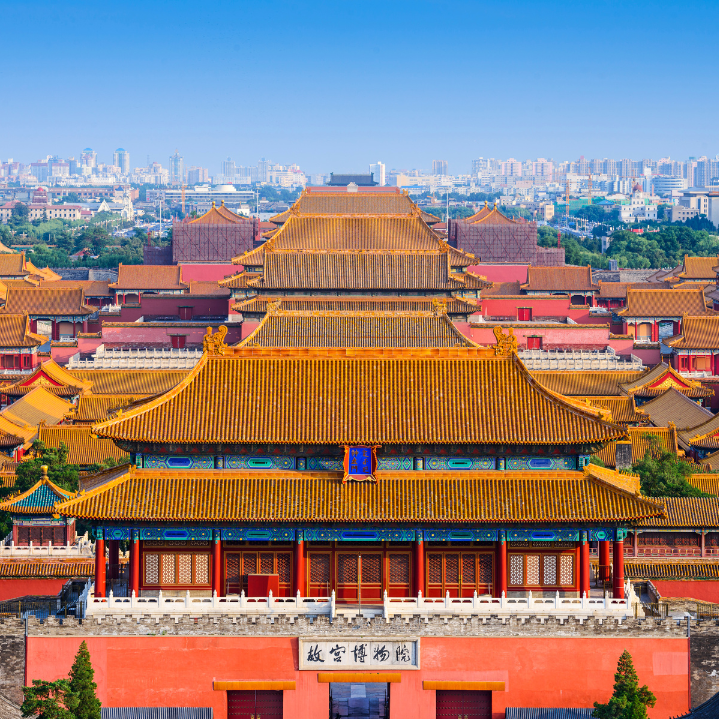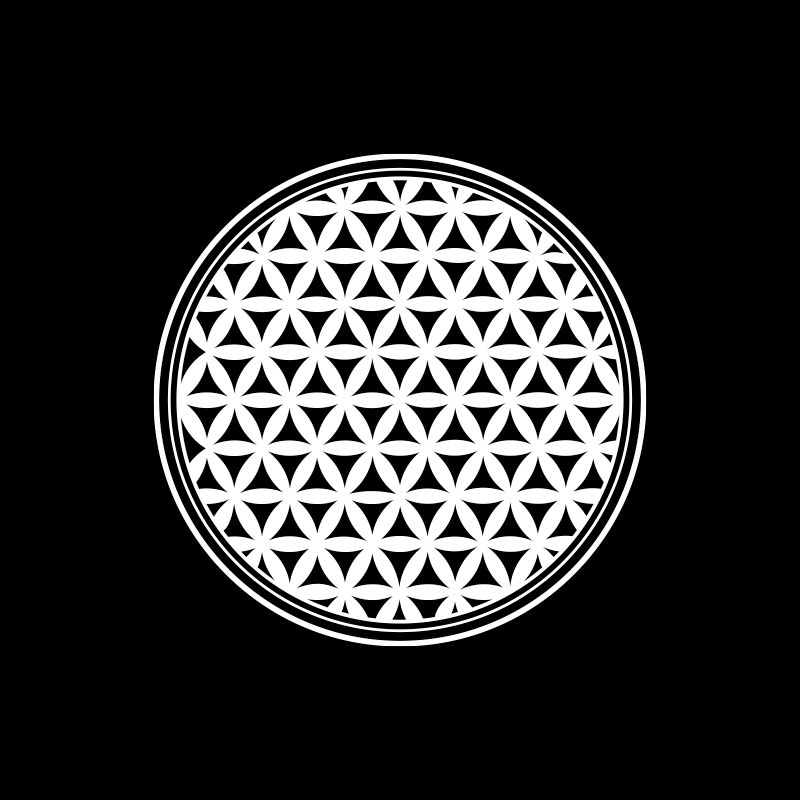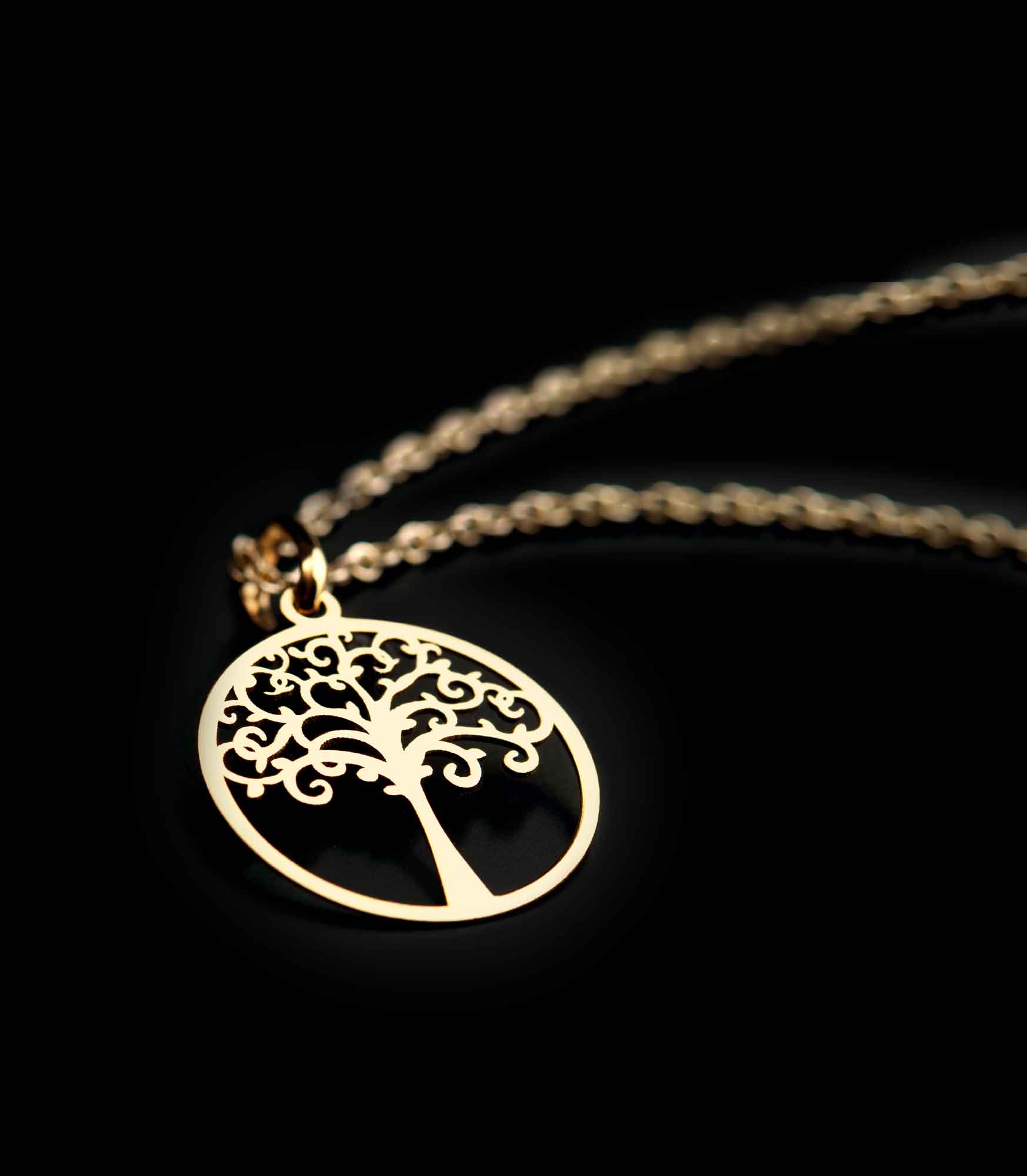The meaning of the Flower of Life
With its precise and regular shapes, the flower contains the frequencies of life—such as light and sound—and represents its unity, conveying energy of perfection and symbolising balance, harmony, rebirth, and protection.
The flower’s fundamental element is the sphere, which represents the All or the Void, the God, the Cosmic Spirit, or other concepts of the essence of the universe. The flower’s central circle, with its three entwining 8—one horizontal, one vertical, and one oblique—represents the focus point of cosmic vibrations where energy converges, radiating outwards the energy received.

The geometry of the Flower of Life
The flower of life is comprised of a central circle, whose centre coincides with the meeting point of six other circles arranged around it. By keeping adding circles around the central one, one can complete the flower of life. This symbol contains nineteen complete circles, whose centres line up on nine horizontal parallel lines.
Counting both partial and intersecting circles, the total count is thirty circles altogether.
Hidden symbols and aesthetic perfection
Within the flower of life there are several sacred geometry symbols. Amongst them we find the “Vesica Piscis“, formed by the intersection of two circles with the same diameter and whose centres lie on the circumference of the opposite circle. Adding a third circle, with its centre in one of the intersections of the first two circles, creates the “tripod of life“, an emblem of stability and harmony. The frame, made of sixty triangles with curved sides, is an integral part of the image’s complexity.
The flower of life is the scheme of the genesis, where everything exists and from where everything originates. By connecting the centres of each circle it is possible to trace all five “Perfect Solids“, or “Platonic Solids”: cube, tetrahedron, icosahedron, dodecahedron, and octahedron.
A journey through history
The flower of life is one of the most ancient and universal symbols, shared amongst different epochs and cultures all over the world. This image has been handed down through time unchanged, maintaining its essential shape as well as its symbolic meaning.
A universal heritage that appears world-wide
One of the most famous instances of the flower of life is in Egypt, in temple of Abydos, one of the oldest cities of Upper Egypt. The symbol, in its original shape and proportions, is carved on a wall.
It is possible to find the flower of life on several buildings and artifacts belonging to very different cultures, such as:
- China: the Forbidden City in Beijing;
- Japan: several Buddhist temples, like Kiyomizu-dera in Kyoto;
- India: the Golden Temple in Amritsar, the most sacred place of Sikhism;
- Italy: Etruscan artifacts from the VII century BCE, as well as religious buildings such as San Clemente in Rome and San Fermo Minore in Verona.

The beauty of the flower of life keeps fascinating people all around the world. Its history and presence in several cultures make it a valuable symbol that connects us with our deepest essence and the mystery of creation.



